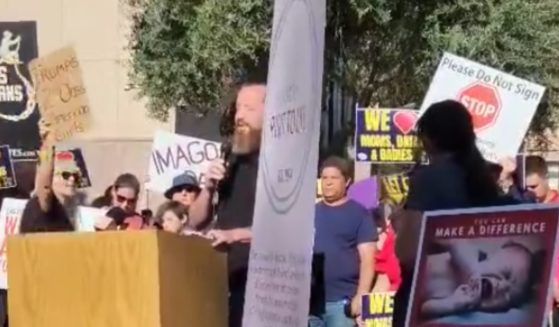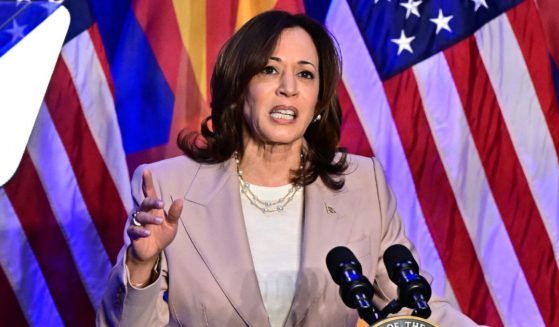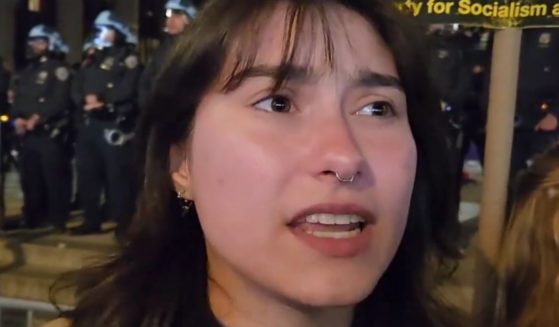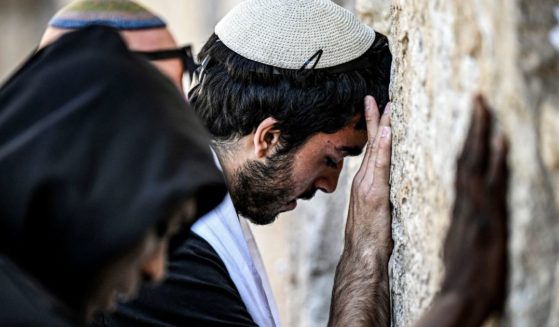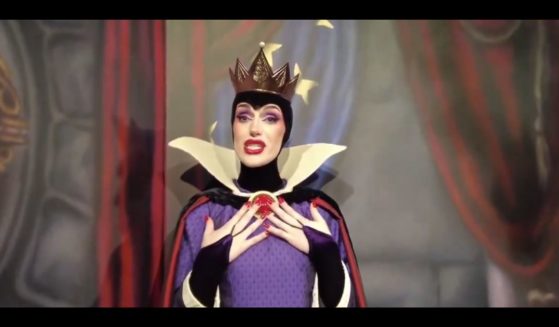Here's What the World Looked Like During the Last Major Immigration Overhaul in 1965
On May 16, 2019, President Donald Trump announced his plan to reform the immigration admission system that proposes higher security at our borders as well as a larger emphasis on merit-based admission.
“America’s last major overhaul of our legal admissions policy was 54 years ago,” he said, referring to the Immigration and Naturalization Act. “So a major update — and that’s what this is: merit system and a heart system — is long overdue.”
The Immigration and Naturalization Act, also known as the Hart-Celler Act, was passed by President Lyndon B. Johnson on Oct. 3, 1965.
The act ended the national origins quota introduced in 1924, which only accepted two percent of people of each nationality into the United States based on the 1890 national census; the Immigration Act of 1924 also completely excluded Asian immigrants.
Former Deputy Secretary of Homeland Security Ali Mayorkas called the Immigration and Naturalization Act of 1965 “a significant and much-needed change” to the country’s immigration policies.
After the 9/11 attacks, the Department of Homeland Security was created in 2002 and assumed many of the roles formerly overseen by the Immigration and Naturalization Services, but as President Trump said, the policies themselves have not been majorly changed since October 1965.
But how much else has changed?
What did the American Demographic look like in 1965?
From the 1960 census to the 1970 census, the American population grew from 179 million people to 203 million.
In 1960, 88.6 percent of the population was white, 10.5 percent was black, 0.3 percent was American Indian, Eskimo, and Aleut and 0.5 percent was Asian and Pacific Islander. In 1970, 87.5 percent of the population was white, 11.1 percent was black, 0.4 percent was American Indian, Eskimo, and Aleut and 0.8 percent Asian and Pacific Islander.
For context, the 2010 census reported a total of 308.7 million people. In 2010, 72.4 percent of the population was white, 12.6 percent was black, 0.9 percent was American Indian and Alaska Native and 5 percent was Asian and Pacific Islander.
What was the top song of 1965?
According to the Billboard magazine’s list of Top Singles, “Wooly Bully” by Sam the Sham & the Pharaohs was the number one song of 1965. “Wooly Bully” was followed by the Four Tops’ “I Can’t Help Myself (Sugar Pie, Honey Bunch)” and “(I Can’t Get No) Satisfaction” by the Rolling Stones.
Other artists like the Beatles, The Temptations and Marvin Gaye were also popular at this time.
What films were released in 1965?
The 38th Academy Awards ceremony, which premiered April 18, 1966, highlighted films released in 1965 and was the first ceremony to be broadcasted in color.
Lee Marvin won best actor for his roles as Tim Strawn and Kid Shelleen in “Cat Ballou” and Julie Christie won Best Actress for her role as Diana Scott in “Darling.”
Robert Wise’s “The Sound of Music” was nominated in ten categories and won five of them — Best Picture, Directing, Film Editing, Music (Scoring of Music-Adaptation or Treatment) and Sound. Carlo Ponti’s “Doctor Zhivago” was the only other film that year to win as many awards.
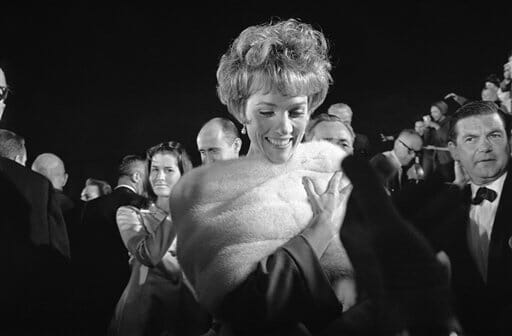
What Television shows were popular in 1965?
The world of television in 1965 was a drastically different experience than it is today. Many American families still owned black and white TVs, but the competition between networks to feature more shows in color was growing.
NBC’s “The Man From U.N.C.L.E” won a Golden Globe in 1966 for best TV Show. The series featured Robert Vaughn and David McCallum starring as Napoleon Solo and Illya Kuryakin, two agents in a spy agency who fight against evil-doers.
Another show featuring intelligence agents was also popular during the time called “I Spy,” which starred Bill Cosby and Robert Culp. “I Spy” later won the Golden Globe in 1967.
“The Munsters,” “The Rogues” and “12 O’Clock High” were other popular series. The soap opera “Days of Our Lives” also premiered in November 1965.
What other world events happened in 1965?
Fifty-four years ago the Vietnam War was rising, countries were racing to develop cutting-edge space technologies and the Civil Rights movement was gaining momentum. Here are a few notable highlights from 1965:
President Lyndon B. Johnson
After President John F. Kennedy was assassinated in 1963, Vice President Lyndon B. Johnson succeeded the Presidential office. On Jan. 20, 1965, President Johnson was sworn in at his second inauguration ceremony.
The Civil Rights Movement
Even though President Johnson signed the Civil Rights Act of 1964, which outlawed racial discrimination, many people’s hearts and minds had not yet been swayed. Racial hatred still burned brightly in areas of the country, especially in the south.
It was that tension that led to Malcolm X’s assassination on Feb. 21, 1965, while he was speaking in New York City.
Two weeks later on March 7, 600 civil rights protesters began to march from Selma, Alabama, toward Montgomery, although they didn’t make it far. Law enforcement met them at the Edmund Pettus Bridge with tear gas and clubs forcing the crowd to retreat back to Selma — this day is also referred to as “Bloody Sunday.”
Dr. Martin Luther King Jr. organized another march to the bridge two days later. A third, court protected march, was organized on March 21 to complete the originally intended route to Montgomery. President Johnson signed the Voting Rights Act five months later, which helped secure African American’s right to vote.
As acts of hatred continued, many in the Civil Rights movement began to reject Dr. Martin Luther King Jr.‘s call to nonviolence, but Dr. King and those who followed his philosophy continued to march peacefully, which ultimately led to his Nobel Peace Award.
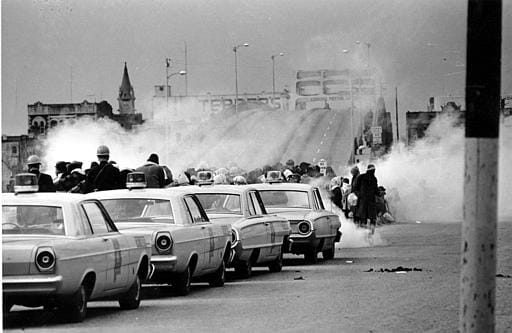
The Great Northeast Blackout
On Nov. 9th, the northeastern part of the country, and even some portions of Canada, experienced a mysterious power outage. Thirty million people in 80,000 square miles were effected for up to 12 hours.
While New York has since experienced a worse power outage, in 2003, the 1965 outage helped people understand how dependent we are on power.
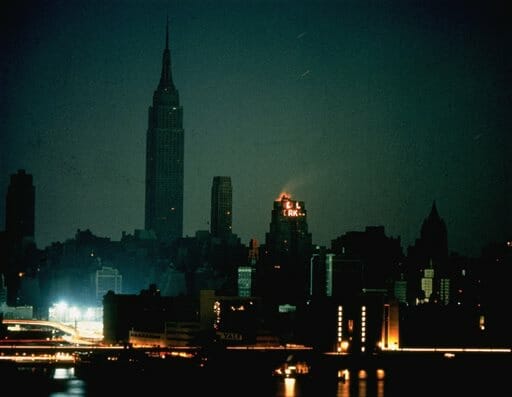
The Gateway Arch in St. Louis
The iconic 630 feet tall Gateway Arch that towers over St. Louis, Missouri, was completed on Oct. 28, 1965. The memorial, designed by Finnish-American architect Eero Saarinen, commemorates Thomas Jefferson’s role in the Louisiana Purchase in 1803 and Lewis and Clark’s exploration of that new territory.
The Old Courthouse, which is also a part of the national park, also highlights the lawsuits of Dred and Harriett Scott, who sued for their freedom from slavery, and suffragette Virgina Minor who sued for women’s right to vote.
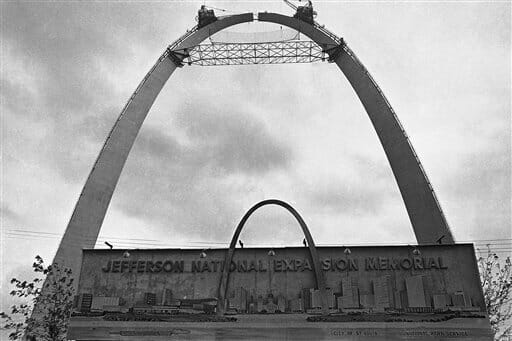
Winston Churchill’s Death
Winston Churchill, a British prime minister who played a vital role in World War II, died on Jan. 24, 1965. His funeral was held on Jan. 30.
Space Exploration
In 1961, President John F. Kennedy challenged the country to send a man to moon within the following ten years, but as the Soviet Union continued to develop new space technologies the race to the moon became more prominent.
Just four years after President Kennedy’s charge, on March 18, 1965, Soviet cosmonaut Alexi Leonov became the first man to walk in space. Ed White became the first American to walk in space three months later.
Later, in July, the Mariner 4 mission took the first pictures of Mars.
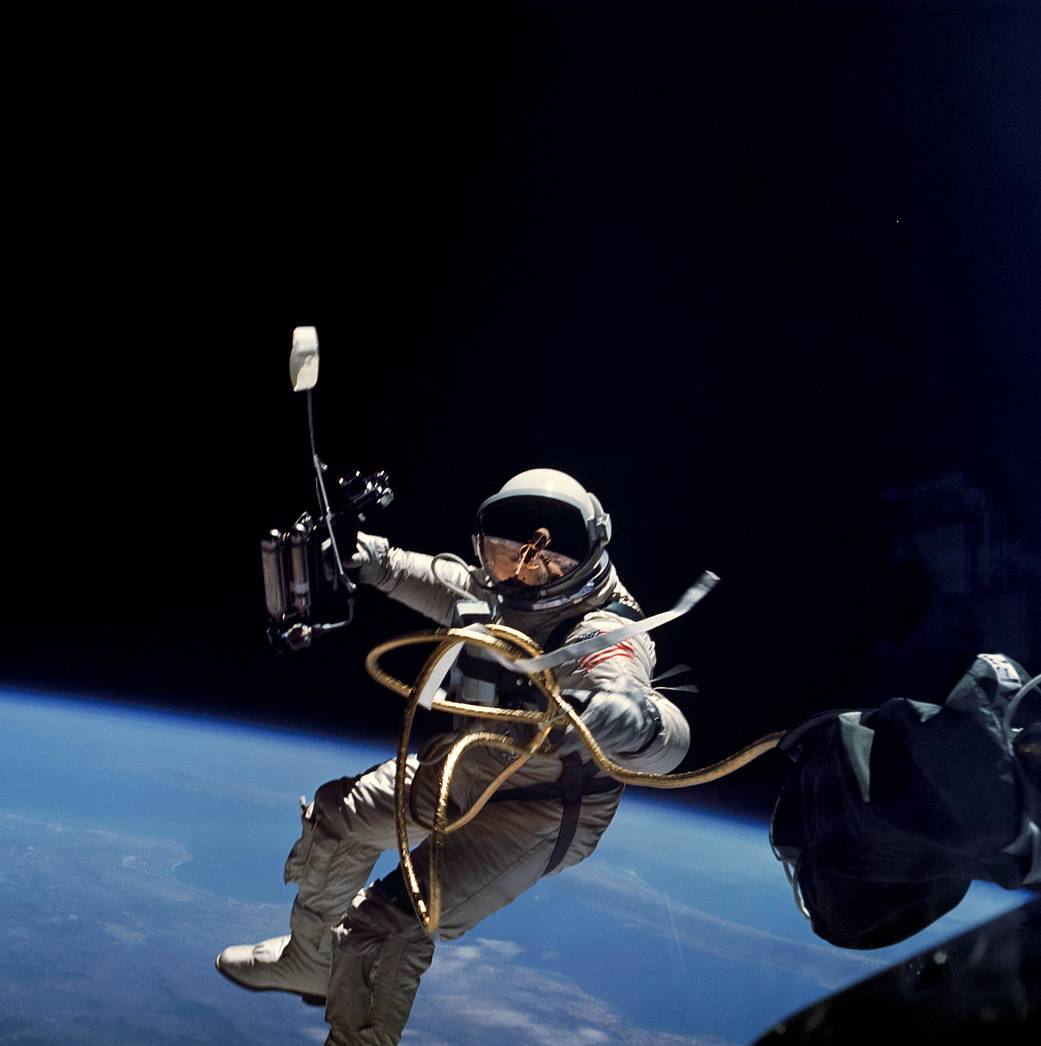
Vietnam War
In 1965 the United States’ involvement in the Vietnam War increased exponentially. President Johnson authorized Operation Rolling Thunder on Feb. 13 in hopes of detracting North Vietnam from supporting guerrillas in South Vietnam.
The first bombing raid of Rolling Thunder occurred on March 2.
By April 7, over 60,000 American troops were sent to help support South Vietnam, other allied troops also arrived signifying international support.

Truth and Accuracy
We are committed to truth and accuracy in all of our journalism. Read our editorial standards.



